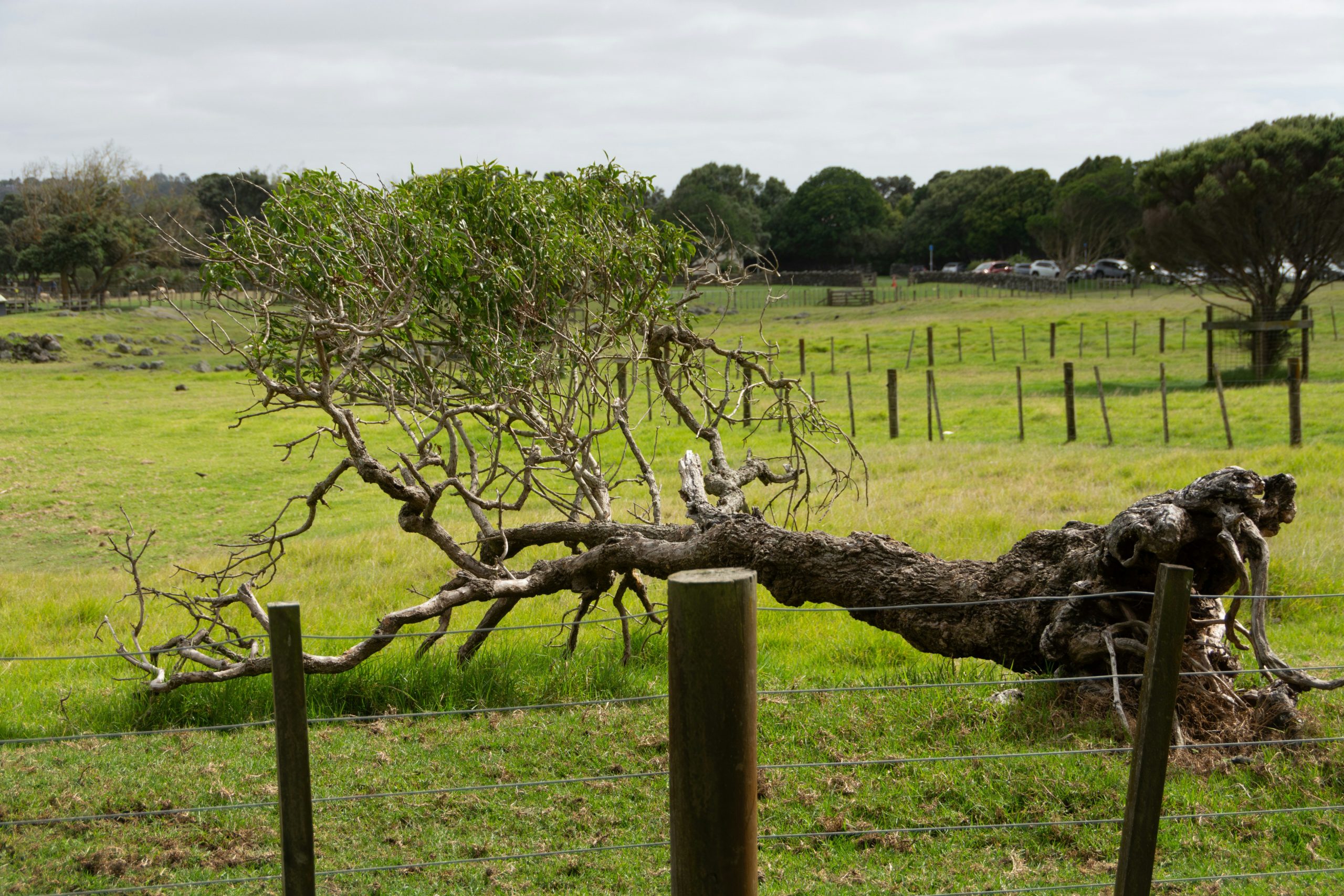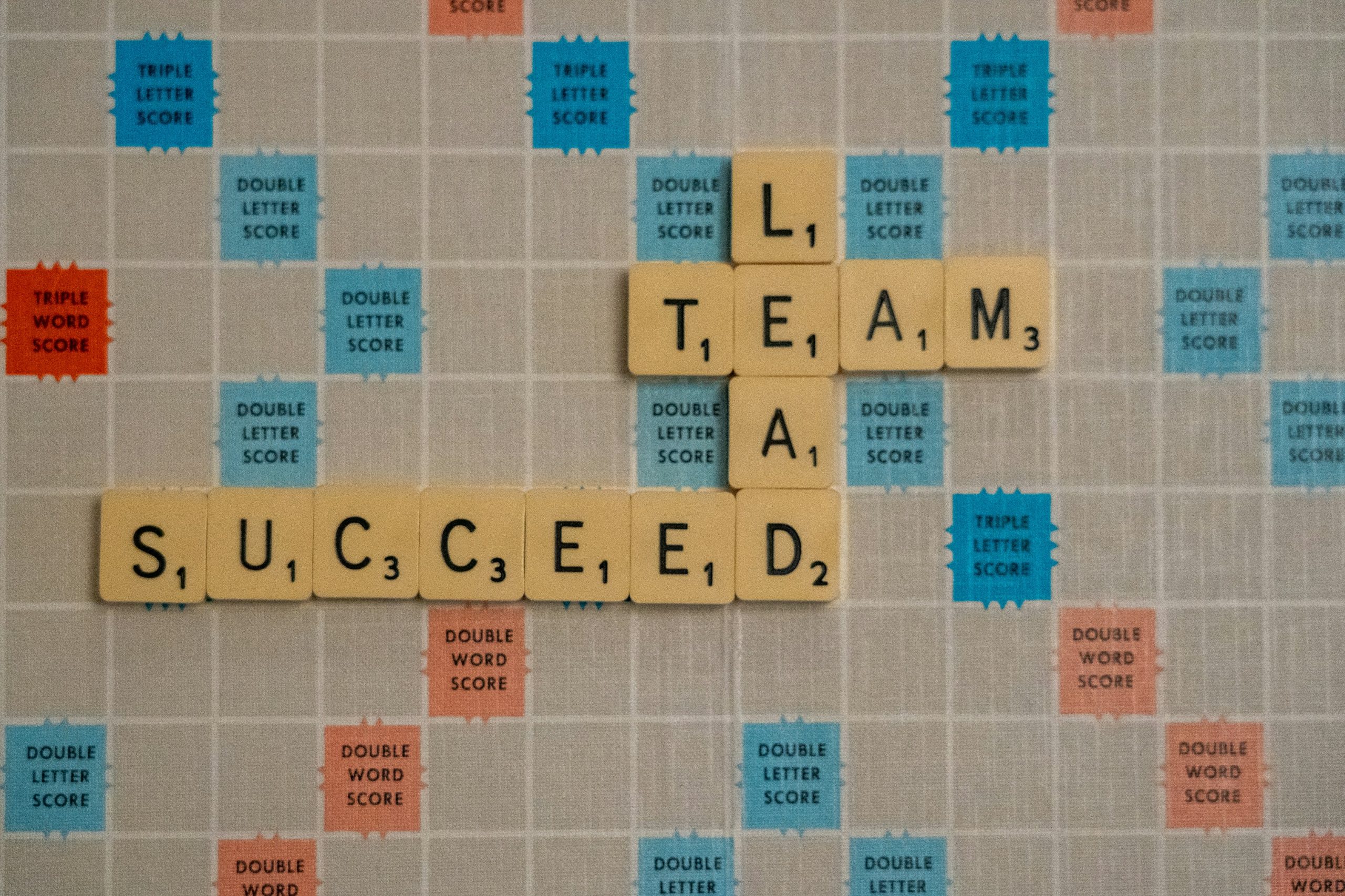
One of the observations that has fascinated me the most over my years of consulting is this question: Who’s allowed to be honest?
What do I mean by that?
Well, let’s flip it around.
Have you ever hired a consultant for your association?
The answer is probably “Yes.”
So then you’re likely familiar with the phenomenon of: In her report, the consultant includes something that you or someone else on your staff has been pushing for months, maybe years, and it’s been like the proverbial tree falling in the woods with no one around to hear. But all of a sudden, when the consultant recommends it, there are all these people standing around saying, “Hey! Did you just hear that tree fall down?”
And there are reasons that The Powers That Be in your organization are more willing to listen to the consultant. She has experience with multiple association clients. She’s done research. She’s “objective” (well, none of us is truly objective, but she at least has no vested interest in a particular outcome).
But it’s still frustrating, right?
I know, because I’ve experienced it myself as staff and even written about it previously.
As I wrote in that post:
A lot of associations complain that our volunteer leaders are disengaged or make unrealistic demands or just don’t understand the reality in which we operate. But is it our fault?
What I meant by that was: When staff does tell leadership, particularly volunteer leadership, the truth, when they give their most accurate assessment of a situation and their best recommendation for a course of action, what happens?
Who’s allowed to tell the truth? And, perhaps more importantly, who does your leadership (paid and volunteer) actually listen to? And if staff are repeatedly ignored or even punished for sharing those assessments, particularly when it’s bad news, and providing those recommendations, what happens?
Remember: Whatever behavior you reward is what you’re going to get more of.
Alternatively: Show me what you reward, and I’ll tell you what you value.
I’m not trying to put myself out of a job here, but your staff members at ALL levels know things leadership doesn’t, see things senior leadership isn’t privy to, and have good ideas. But if you’re constantly shutting them down, don’t be surprised if they disengage or decide to take their talents elsewhere.



